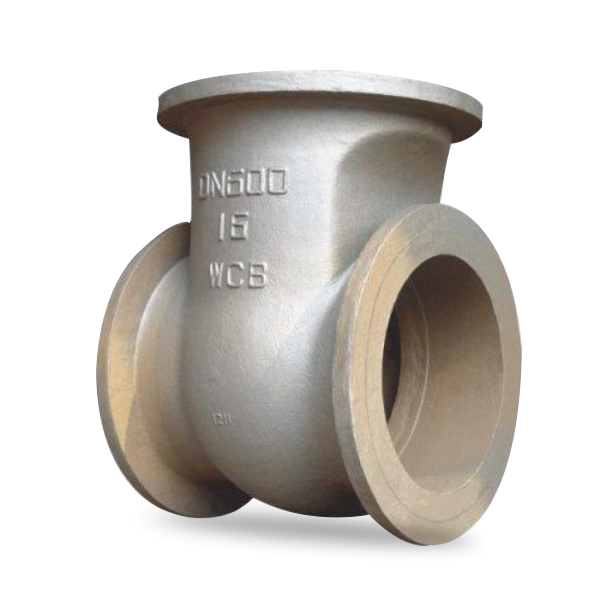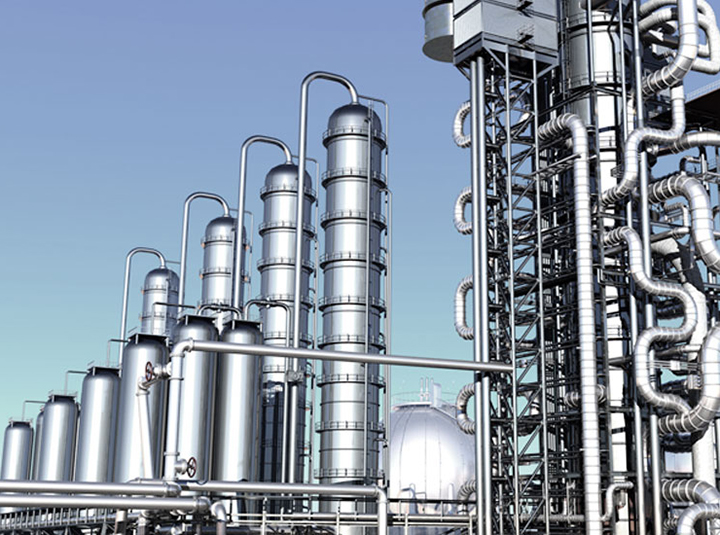Introduction: In the realm of fluid control systems, two essential components play a pivotal role – the globe valve and the ball valve. These valves are employed to regulate the flow of liquids or gases within pipelines, but they differ significantly in design and functionality.
Ball valves and globe valves are two common fluid control valves. Ball valves use a rotating ball to control flow and are suitable for quick switching. Globe valves regulate flow through a door that moves up and down and are suitable for precise control.
In this article, we will delve into the key dissimilarities between globe valves and ball valves, shedding light on their respective advantages and applications.
Globe Valve Overview:
Globe valves are characterized by their spherical body shape and a movable disk-like component known as the disc or plug. The disc is attached to a stem, and its up-and-down motion controls the flow of fluid through the valve. The design of a globe valve allows for precise throttling, making it suitable for applications where flow regulation is critical. These valves are commonly used in industries such as water treatment, power generation, and oil and gas.
Ball Valve Overview:
On the other hand, ball valves derive their name from the spherical closure element within the valve body – the ball. This ball has a hole through its center, which aligns with the pipeline when the valve is open, allowing fluid to flow. When the valve is closed, the ball rotates, positioning the hole perpendicular to the flow path, effectively shutting off the fluid. Ball valves are renowned for their quick and complete shut-off capabilities, making them ideal for applications where on/off control is paramount, such as in the petrochemical and pharmaceutical industries.
Key Differences:
-
Design and Operation:
- Globe Valve: Linear motion of the disc for flow regulation.
- Ball Valve: Rotational motion of the ball for on/off control.
-
Flow Control Precision:
- Globe Valve: Precise throttling capabilities.
- Ball Valve: Limited flow control, primarily designed for full open or full closed positions.
-
Applications:
- Globe Valve: Well-suited for applications requiring fine flow control, such as steam systems and cooling water circuits.
- Ball Valve: Ideal for applications demanding quick shut-off, such as in the transportation of corrosive fluids.
-
Pressure Drop:
- Globe Valve: Generally higher pressure drop compared to ball valves.
- Ball Valve: Lower pressure drop due to streamlined flow path when fully open.
-
Maintenance:
- Globe Valve: May require more frequent maintenance due to wear on the seating surfaces.
- Ball Valve: Typically requires less maintenance due to its simple design.
Conclusion: In conclusion, while both globe valves and ball valves serve essential roles in fluid control systems, their distinct designs and operational characteristics make them better suited for different applications. The choice between a globe valve and a ball valve depends on the specific requirements of the system, including the need for precise flow control, quick shut-off, or minimal maintenance. Understanding these key differences is crucial for engineers and professionals involved in designing and maintaining fluid handling systems.









